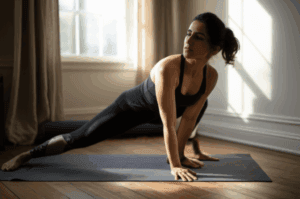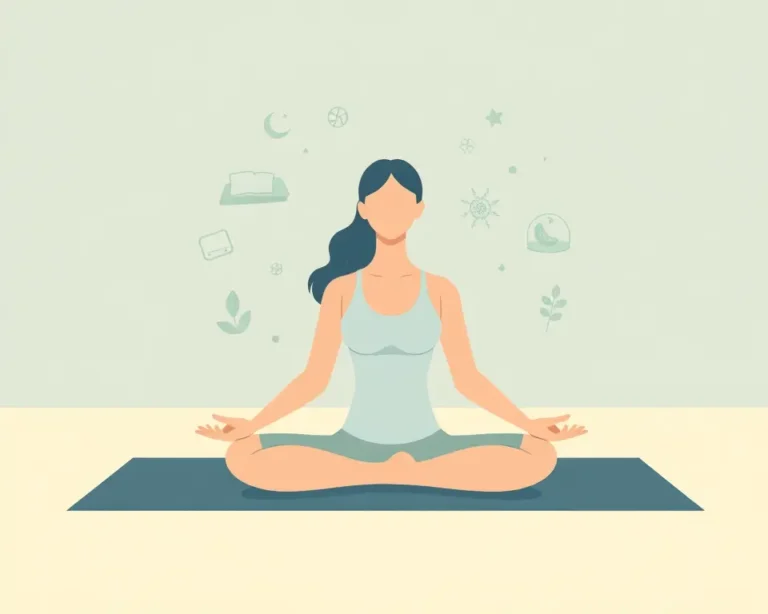For years, the fitness world has been dominated by the mantra “no pain, no gain.” The idea was simple: push your body to its absolute limit, and you’ll be rewarded with strength, speed, and a sculpted physique. However, a shift is underway. As we move further into 2025, recovery is emerging as the new buzzword, signaling a more holistic and sustainable approach to fitness.
The Rise of Recovery
The shift towards recovery highlights a growing understanding of the body’s need for balance. It’s no longer just about how hard you can push, but also about how well you can recover, repair, and rebuild. Ignoring recovery can lead to burnout, injury, and diminished results. Recovery allows your body to repair, grow stronger, and prepare for the next challenge.
Why the Change?
Several factors have contributed to this change in mindset:
- Increased Awareness: People are becoming more aware of the importance of mental and physical well-being. The COVID-19 pandemic played a role, sharply focusing attention on health.
- Overtraining Risks: There’s a growing recognition of the dangers of overtraining. Pushing too hard without adequate rest can lead to fatigue, injuries, and decreased performance.
- Holistic Approach: Fitness is no longer viewed as solely about physical exertion. Instead, there’s a growing emphasis on a holistic approach that encompasses physical, mental, social, and emotional well-being.
Understanding Recovery
Recovery is a multifaceted process that involves various techniques and strategies aimed at helping the body repair and adapt after exercise. It’s not simply about doing nothing; it’s about actively facilitating the body’s natural healing processes.
Active vs. Passive Recovery
There are two main types of recovery:
- Active Recovery: This involves engaging in low-intensity exercises and activities on days following intense workouts. Examples include walking, yoga, or swimming. Active recovery helps to improve blood flow to muscles, reduce lactic acid buildup, and promote flexibility.
- Passive Recovery: This involves complete rest and avoiding any physical activity. While rest is essential, active recovery is often considered more beneficial as it keeps the body moving and helps to prevent stiffness.
Key Recovery Strategies
Several strategies can be incorporated into a fitness routine to enhance recovery:
Sleep Optimization
Sleep is the foundation of recovery. During sleep, the body repairs muscle tissue, releases growth hormones, and improves memory and learning. Insufficient or poor-quality sleep can hinder an athlete’s ability to reach their full potential.
- Aim for 7-9 hours of quality sleep each night.
- Establish a consistent bedtime routine that excludes screen time at least one hour before bed.
- Optimize your sleep environment by keeping the room cool, dark, and quiet.
Nutrition and Hydration
Proper nutrition and hydration are crucial for muscle repair and glycogen restoration.
- Consume a meal rich in protein and carbohydrates within 30-60 minutes after exercising. Great post-workout foods include eggs, chicken, sweet potatoes, and bananas.
- Drink at least 2-3 liters of water per day, especially after workouts, to aid in flushing out toxins and replenishing lost fluids.
- Consider supplements such as whey protein, essential amino acids (EAAs), and creatine to support muscle recovery and growth.
Active Recovery Techniques
Incorporating active recovery into your routine can significantly enhance recovery.
- Low-Intensity Activities: Walking, swimming, or cycling at a low intensity can improve blood flow and reduce muscle soreness.
- Yoga and Stretching: These practices keep muscles flexible, prevent injuries, and reduce tension. Chair yoga is a good low-impact option.
- Foam Rolling and Massage: Self-myofascial release (foam rolling) can break down muscle knots and improve circulation.
Thermal Experiences
- Saunas: Traditional Finnish saunas and emerging infrared saunas are valuable additions, particularly for those with specific injuries or chronic aches and pains.
- Cold Plunges: Immersing in cold water can help reduce inflammation and aid in muscle recovery.
Mindfulness and Mental Well-being
- Mindfulness Practices: Incorporate meditation, deep breathing, or other mindfulness techniques to reduce stress and promote relaxation.
- Mental Health Coaching: Fitness professionals are increasingly incorporating mental health coaching into their services, helping clients develop resilience and manage stress.
The Importance of Avoiding Overtraining
Overtraining can lead to a variety of physical and mental issues, including:
- Persistent Fatigue: A constant feeling of tiredness, even after getting adequate rest or sleep.
- Prolonged Muscle Soreness: Muscle aches that last much longer than usual, indicating insufficient recovery.
- Frequent Injuries: Increased risk of injuries like sprains, strains, or stress fractures due to excessive strain on the body.
- Reduced Performance: Difficulty maintaining your usual level of performance, whether in strength, endurance, or agility.
- Weakened Immunity: Falling sick more often, as overtraining can compromise the immune system.
- Lack of Motivation: Losing interest in workouts or feeling dread before training sessions.
- Mood Swings and Irritability: Increased emotional sensitivity, irritability, or unexplained mood changes.
Prevention Strategies for Overtraining
- Monitor Training Load: Observe training load, performance measures, and mood.
- Ensure Adequate Rest: The training regimen should be flexible with planned breaks one to two days a week and longer breaks every few months to allow for complete recovery.
- Listen to Your Body: Parents and coaches should provide a supportive environment and teach the athlete to be aware of cues from his or her body that indicate a need to slow down or change the training routine.
- Proper Nutrition: Follow personalized nutrition plans and emphasize nutrient-dense foods.
The Future of Fitness
As we progress further into 2025, the emphasis on recovery is set to grow even stronger.
- Technology Integration: AI-powered fitness apps and wearables provide real-time feedback.
- Personalized Recovery Plans: Advancements in genetic testing and other forms of personal metrics will allow for highly personalized recovery plans.
- Increased Accessibility: Innovative treatments and technologies will become more accessible, transforming the fitness and wellness industries.
Conclusion
The fitness landscape is evolving, and the “no pain, no gain” philosophy is gradually being replaced by a more balanced and sustainable approach. By prioritizing recovery, individuals can maximize their fitness results, prevent injuries, and achieve long-term well-being. It’s time to embrace the new mantra: train hard, recover harder.







